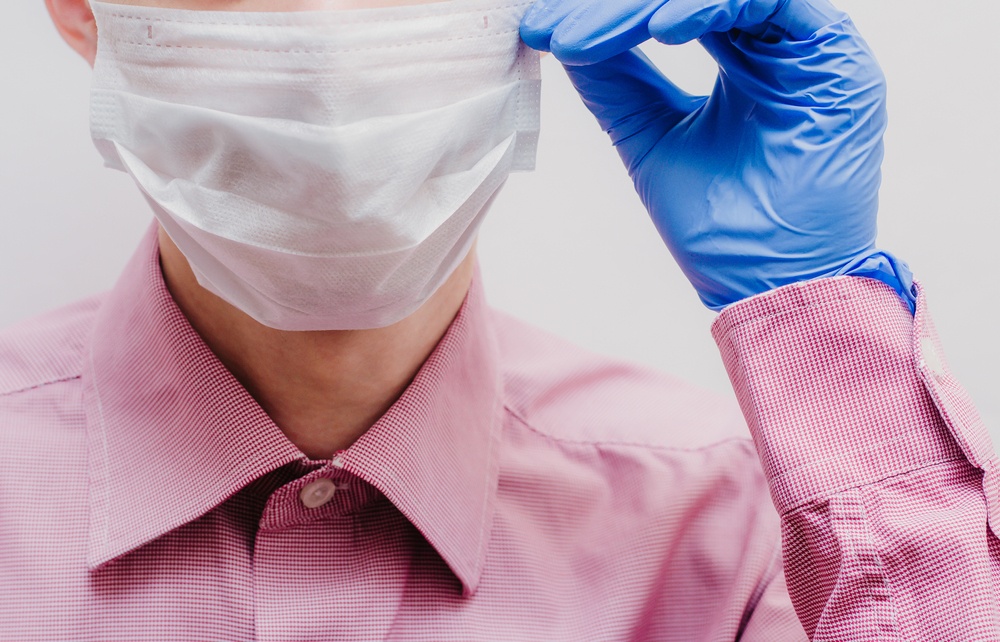Masks that were once reserved for hospitals has become a common sight on sidewalks. Thus, it is essential to be aware of when, where and how to use them correctly.
Since the pandemic it has become mandatory to wear a face mask everywhere. They are seen at every nook and corner. As a safety precaution it is necessary to keep our mouths covered. However, there are number of misconceptions about wearing face masks which needs to be busted.
Here are the 7 face mask myths you should be aware of.
Myth 1: If you don’t feel sick, you don’t need to wear a face mask
This advice prevailed at the beginning of the pandemic, but not anymore. Experts have learned more about the coronavirus, and now the recommendation from the Centers for Disease Control and Prevention (CDC) is that everyone – including people who feel perfectly healthy, should wear a face mask. It is important to cover your mouth in public settings where it may be difficult to maintain at least 6 feet of space from other people – grocery stores, pharmacies, retail shops, hair salons, crowded parks and such.
Wearing a face mask adds a layer of protection. Virus is thought to spread easily between people by respiratory droplets produced when an infected person talks, coughs or sneezes. And because some infected people might be asymptomatic, and as such are at risk of unknowingly spreading the virus to others. Hence, a face mask will be an added layer of protection.
People who feel sick should stay home and not venture out in public. In fact they should wear a face mask when interacting with family members or caregivers at home.
Myth 2: Only surgical masks or N95 respirators
The CDC advice’s the general public to wear cloth face coverings, not medical-grade masks. As they are best left for health care professionals on the front lines of the pandemic. It is recommended to purchase, sew or fashion face coverings from everyday household items, or clothes that you don’t wear anymore.
Myth 3: Wearing a loose-fitting mask works
Unfortunately, no. Wearing a loose-fitted mask should be avoided. The key is to make sure your face mask fits snugly but comfortably against the side of the face – CDC. A well fitted mask will completely cover the mouth and nose to help prevent respiratory droplets from escaping. It is also important to make sure that your mask is not too tight. It should be well fitted so that you can breathe without any restriction.
Myth 4: Face mask protects you from getting Covid-19
Face mask is an added layer of protection. It will help reduce your risk of getting infected, but there aren’t any hard evidences whether they can protect the wearer from getting infected – The National Academies of Sciences, Engineering, and Medicine (NASEM).
The face mask will prevent an infected wearer from spreading the virus to others by minimizing the dispersal of respiratory droplets via talking, coughing and sneezing.
Even with a face mask on, it’s important not to abandon other preventative measures, such as frequent handwashing and physical distancing. It is not one or the other, all preventive measures are to be followed – washing hands, wearing a face mask, maintaining social distance, and keeping your hands away from your face.
Myth 5: Children should wear face masks
CDC says, Children under 2 should not wear a face mask. Neither should anyone who has trouble breathing, or is unconscious, incapacitated or otherwise unable to remove the mask without assistance.
Myth 6: Wear a face mask in the pool
You should not wear your face mask in the pool. Getting a mask wet and then breathing through it, is a setup for danger. If you plan to head to the pool or the beach don’t forget to pack your face mask. You will need to wear it when you are out of the water and around others.
When you are in the water, keep a distance of at least 6 feet from others around and wash your hands immediately when you are done swimming.
Myth 7: No need to wash your cloth face masks
It is important to wash them after each use as masks collect germs. The CDC has detailed instructions on how to wash your face mask.
CDC advises to wash the masks regularly – washing it in a washing machine with warm water and detergent or when washing it with hands, mix up a solution of bleach and water (4 teaspoons of household bleach per 1 litre of room-temperature water) and soak your mask for 5 minutes before rinsing it with cool or room-temperature water.
As face masks has become a part of our lives. For our safety and wellbeing, it is important that we stay well informed about the dos and don’t of wearing a face mask to continue with our daily life.








